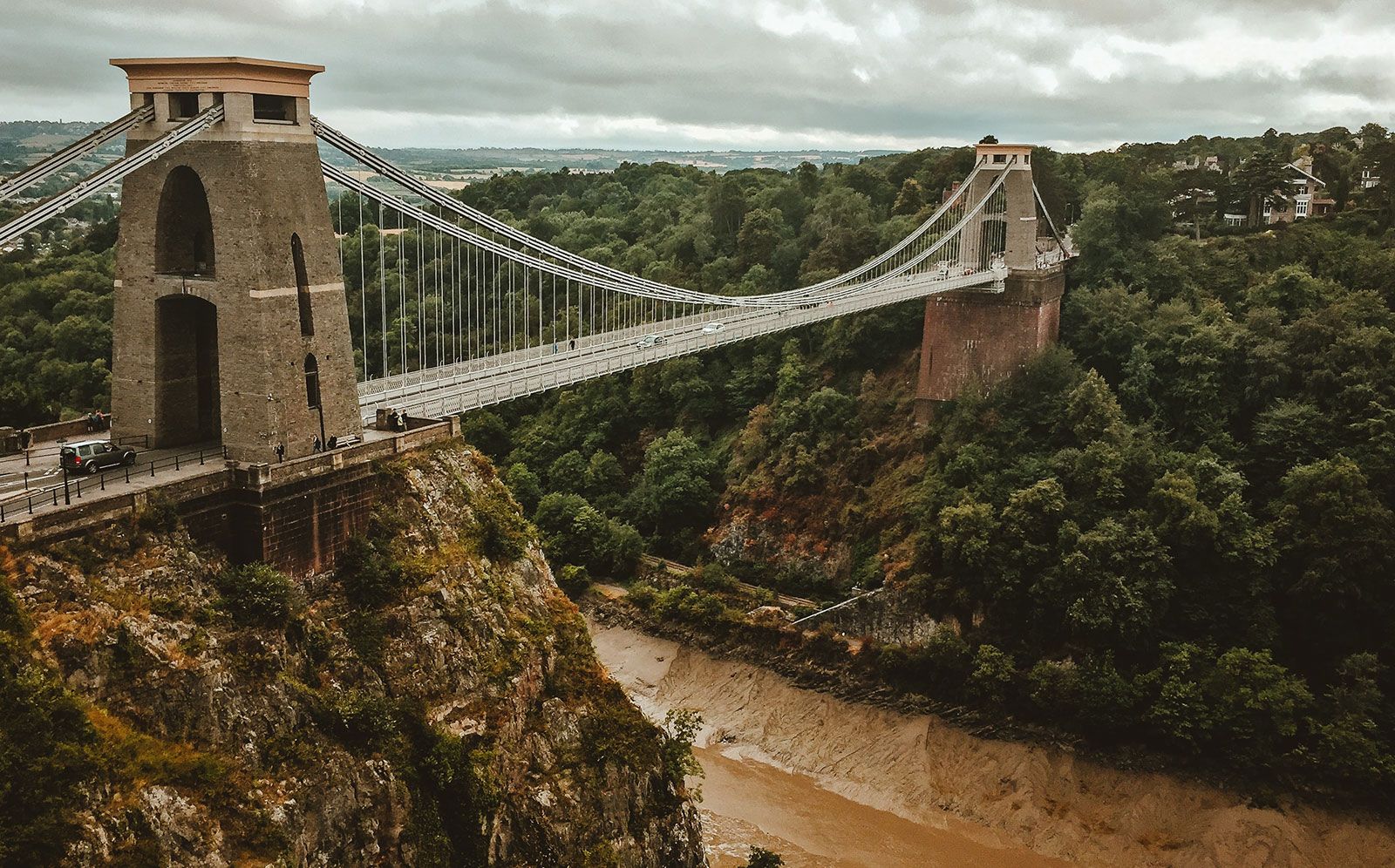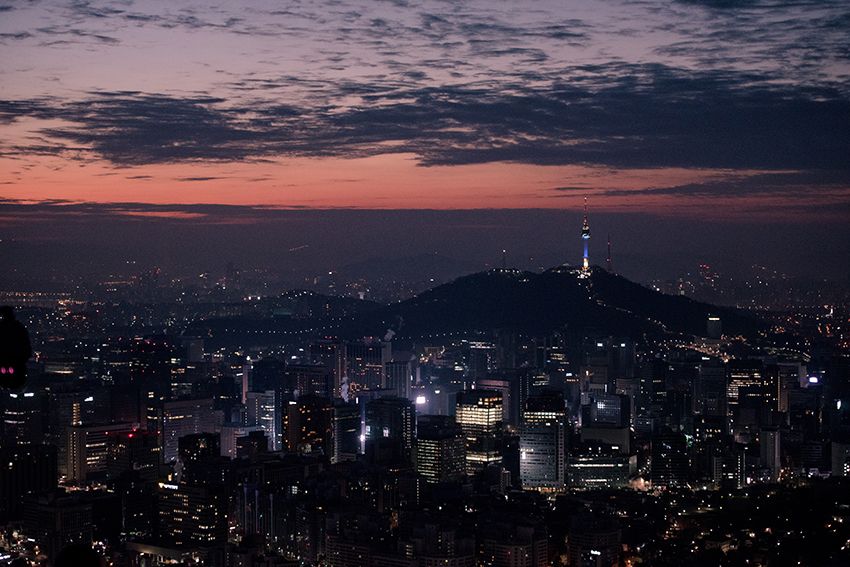As a new travel photographer, you are probably asking yourself what camera gear equipment you should invest in when first starting out.
Most travelers don’t need backup cameras, drones, and multiple lenses. An economy of weight and space is important when traveling. The camera gear evolved over time.
Probably you ask yourself many questions like what camera gear should I use for travel?
- What is the best travel camera?
- What type of camera should I use?
- Do I need a tripod?
- What should I put in my travel camera gear?
- What other travel photography gear should I bring with me on vacation?
A camera is no good without a photographer, but the opposite is also true! Here you’ll find photography gear guide, with links and explanations of what photography gear and accessories you need for your next vacation. In our next posts, we’ll offer tips and tricks on how to take better photographs while traveling.
Recommended Camera Gear for Your Travel

Canon 6D EOS 20.2MP full frame DSLR camera body
First released in 2012, the Canon EOS 6D is now nearly six years old. Overall, the implementations of GPS and Wi-Fi are among the best we’ve seen. It is the most affordable full-frame sensor that Canon offers. The camera falls squarely between the 5D Mark III and the 7D in both price and features.
The Canon EOS 6D Digital SLR Camera features a 20.2MP Full-Frame CMOS sensor, a wide ISO range of 100-25600, expandable to L: 50, H1: 51200, and H2: 102400, for incredible image quality even in low light, and a DIGIC 5+ Image Processor delivers enhanced noise reduction and exceptional processing speed.
its successor – the EOS 6D Mark II – represents a signficiant upgrade, offering a higher resolution sensor (26.2 megapixels vs 20 megapixels), a superior image processor and more cross-type autofocus points (45 vs 1) among other benefits.
The 6D’s 20-megapixel sensor is marginally the lowest resolution of these five cameras, but that’s still enough for A3 prints at 300dpi.
Canon 6D Technical Specs
- 20.2MP full frame CMOS sensor
- Resolution: 5472 x 3648
- ISO 100-25600 standard, 50-102800 expanded
- 4.5 fps continuous shooting
- ‘Silent’ shutter mode
- 1080p30 video recording, stereo sound via external mic
- 11 point AF system, center point cross-type and sensitive to -3 EV
- 63 zone iFCL metering system
- 97% viewfinder coverage; interchangeable screens (including Eg-D grid and Eg-S fine-focus)
- 1040k dot 3:2 3″ ClearView LCD (fixed)
- Single SD card slot
- Built-in Wi-Fi and GPS
- Battery Life: 980 (CIPA)

Canon 60D EOS 18MP DSLR camera body
With the new EOS 60D DSLR, Canon gives the photo enthusiast a powerful tool fostering creativity, with better image quality, more advanced features and automatic and in-camera technologies for ease-of-use. It features an improved APS-C sized 18.0 Megapixel CMOS sensor for tremendous images, a new DIGIC 4 Image Processor for finer detail and excellent color reproduction, and improved ISO capabilities from 100 – 6400.
It has a aluminum and polycarbonate body that houses the 18 MP APS-C CMOS sensor. It is capable of 5.3 fps continuous burst which is perfect for moderate action.
This camera is good for enthusiast photographers beginning to outgrow their first DSLR. Videographers wanting control over their footage.

Sigma 50mm f/1.4 Art
The Canon EF 50mm f/1.8 II Lens is a good low-light indoor photography lens – especially when a flash is not appropriate or desired. Mount the 50 f/1.8 II on a small DSLR and you have one of the smallest, lightest and least expensive low-light combinations available.
Its maximum aperture of f/1.8 enables a whole new variety of photographic possibilities at an incredibly low price.
The lens features a conventional micro motor without full-time manual focusing. The AF speed feels pretty fast – there aren’t really many elements to move around here. The lens uses a linear extension system for focusing.

Canon 16-35mm f/2.8 L III USM
The Canon 16-35mm F2.8L II has been one of the most coveted lenses amongst landscape photographers for a fairly long time. It is a new professional ultra-wide zoom lens for Canon’s full-frame and APS-C DSLRs.
The Canon EF 16-35mm f/2.8L III USM was introduced in 2016. The large field of view and the high brightness ensure that you can still get your subject in frame well in small or busy spaces and in poor lighting.
While the zoom range has grown, sensors have also gotten ever-more pixels. In combination with the high brightness, that ensures that the designers had difficulty making the perfect wide-angle zoom.

Canon 17-40mm f/4 L
Because it is very high quality but moderately-priced ultra-wide-angle zoom lens, the Canon EF 17-40mm f/4L USM Lens is one of Canon’s best selling lenses.
Superior optics are assured by the use of three Aspherical lens elements, in addition to a Super UD (Ultra-low Dispersion) glass element.
It offers both Canon’s full-time manual focus and a powerful ring-type USM for fast and silent AF.

Canon EF 70-300mm f4-5.6L IS USM
Designed to deliver ultra-high-quality images along with lightning-fast operation, the new Canon EF 70-300 f/4-5.6L IS USM telephoto zoom lens brings a favorite zoom range to the celebrated Canon L-series of lenses.
USM means Ultra-Sonic Motor, meaning AF is almost silent. The popular 70-200mm focal length is populated by five excellent L series lenses, including two f/4 variants and the 3 f/2.8 variants. The f/2.8 variants, in particular, are staples amongst event, sport, and portrait photographers.
Gleaming white, with a removable tripod collar, dust, and water-resistant construction, and a newly developed Fluorine coating that keeps soiling, smears and fingerprints to a minimum.

Marumi DHG Super Circular Polarizer CPL 77mm
Marumi products are valued by photographers on account of good price/quality ratio. Filters with DHG symbol are equipped with improved antireflection coatings and the glass edges are blackened to avoid internal reflections.
This is the best polarizer I have yet to use. Virtually no glare/flare, virtually no color shift. The overall excellent coatings mean there is little image degradation due to use. I bought the 77mm size and use step-up rings to use this on all my other lenses. Mechanically, the rotation mechanism is precise with no looseness, which is a frequent issue with cheaper units.

VANGUARD ALTA 283CT Professional Tripod
Alta Pro tripods have unmatched flexibility, stability and enabling more angle possibilities than ever before. The Instant Swivel Stop-n-Lock (ISSL) System securely repositions the central column in one simple movement, in just a few seconds, while maintaining the tripod’s stability.
Other features include advanced camera vibration and shock control, legs that adjust to 25, 50 and 80-degree angles, quarter-twist leg locks, patented premium magnesium die-cast canopy and head

Sirui T-025X Carbon Fiber Tripod
Traveling photographers who want the optimum combination of light weight and stability have known for a long time that carbon fiber tripods are tops.
Tripods are still necessary and will remain so for the foreseeable future. The reason is that a tripod is every bit as much a creative tool as it is a practical one, and can be used for many ends.

Vello FreeWave Plus Wireless Remote Shutter Release
You can use the shutter release button on the transmitter to focus (with a half press). The LED on the transmitter will turn green once in focus. The LED will turn red when the shutter is triggered.
Both the receiver and transmitter use AAA batteries, but the transmitter is always on, using power only when triggered by the receiver (battery life is slated for 3 years for the transmitter, and 300 hours for the receiver). To turn on the receiver, you hold the power button until the LED lights up.

Vello Shutterboss Camera Remote
The Shutterboss Version II Timer Remote Switch for Canon with 3-Pin Connection from Vello is a remote shutter release that provides photographers with enhanced levels of exposure control. With functionality such like shooting, self-timer, long time exposures, and interval shooting, the ShutterBoss Version II is a huge asset to keep in your camera bag. This ShutterBoss is compatible with cameras that have a 3-pin connection, for example: Canon EOS 5D, 6D, 7D and 1D series DSLRS.
The Shutterboss Version II has added two features that will offer easier control over the remote’s settings. First is a Power Off option which gives you the ability to power down the remote to conserve battery life and also a Reset option allows the Shutterboss’ settings to be completely reset to default settings.
If you want to find more photography gear, check out some of our other articles.
Photo credit: Matt Hardy from Pexels














